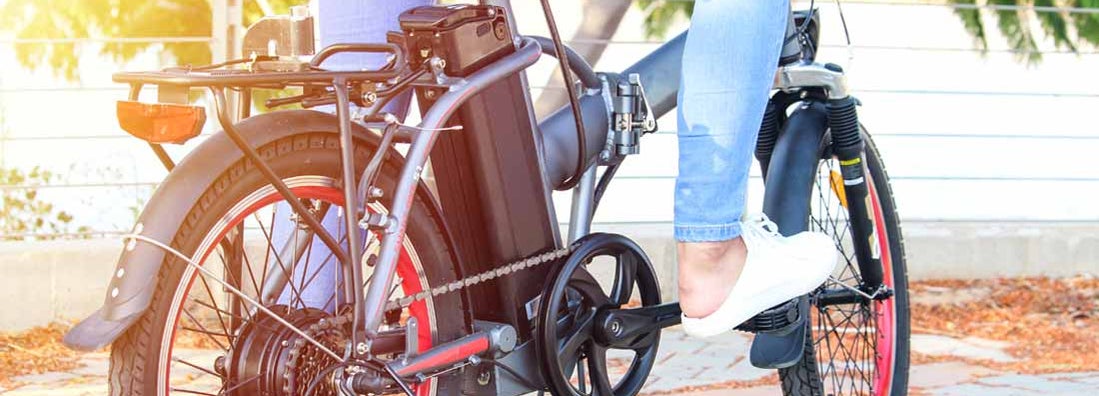[et_pb_section fb_built=”1″ _builder_version=”4.0.9″][et_pb_row _builder_version=”4.0.9″][et_pb_column type=”4_4″ _builder_version=”4.0.9″][et_pb_text _builder_version=”4.0.9″]
Why 52,000 Bicyclists Need Insurance
[/et_pb_text][/et_pb_column][/et_pb_row][et_pb_row _builder_version=”4.0.9″][et_pb_column type=”4_4″ _builder_version=”4.0.9″][et_pb_text _builder_version=”4.0.9″]

Many people use bicycles as their preferred means of transport. Some ride bikes for health and fitness; others want to avoid paying high gas prices.
Still others ride bikes out of concern for the environment. If you regularly ride, chances are you’ve put a considerable amount of money into your wheels. How do you protect that investment?
More people are asking that very question today, and several companies are offering bicycle insurance that mirrors the protection of auto insurance.
Safety Facts for Bikers
As a biker, you need to be safe on the road. Here are some statistics about bikers and safety on US streets:
- In 2018, 857 bicyclists were killed in motor vehicle traffic crashes.
- This accounted for 2% of all motor vehicle traffic fatalities.
- An additional 45,000 riders were injured in motor vehicle traffic crashes.
There are certain risks you face when you share the road with automobiles. Consider your risks as you start to think about purchasing an insurance policy for your bike.
Does Homeowners Insurance Provide Bicycle Coverage?
If you own a home, your homeowners policy provides some bicycle insurance in the form of personal property coverage. A renters insurance policy will do the same.
Be sure to contact your agent to discuss whether it makes sense for you to add your bicycle as a line item on your homeowners insurance policy, and whether you need an additional rider, or a separate insurance floater, to provide the protection you need.
Your homeowners policy will cover damage to your bike to some extent, but your bike’s replacement value may be much higher than the amount of coverage provided in a standard policy.
In a catastrophic incident, such as a home fire, your losses in terms of personal belongings can quickly exceed the limit of your policy.
When to Look for Bicycle Insurance
Purchasing a bicycle insurance policy may make sense for you under the following circumstances:
- You paid a large chunk of change for your bike. While the average bike costs a few hundred dollars, some enthusiasts don’t think twice about spending $5,000 to $10,000 for top-of-the line bikes. If you have a very expensive model, you may want to seriously consider buying comprehensive bicycle insurance.
- You regularly ride off-road and want mountain bike insurance to cover you and your bike for damage and medical costs.
- You do stunt riding or participate in BMX competitions, and you want bike insurance to cover potential injuries or damage.
- You want bike insurance for a specialty bike that you had designed, upgraded or modified. If you have a one-of-a-kind bike, you may want to get it appraised by a bicycle expert who can put the estimated value in writing.
- You don’t have a homeowners policy or renters insurance that could potentially cover your bike against loss, damage or theft.
- You don’t have health insurance to cover your injuries or hospitalization expenses if you are severely injured in a bike crash.
Some people want coverage year-round, while others are only interested in 6-month bike insurance, because they only ride during the warmer months.
However, be sure to evaluate the possibility of your bicycle being damaged or stolen while in storage before determining that you only need coverage for a portion of the year.
Considerations When Looking for Bike Insurance Quotes
The following are some of the factors to consider when searching for bike insurance quotes.
- Value: The value of the bike is the main determinant when calculating how much coverage you need. In addition to purchase price, be sure to include the value of any additional equipment or features you’ve added on, including tools, speedometers and panniers. Be sure to keep all receipts so you have the proper documentation, if it is ever needed for a claim.
- Type of bike: The type of bike also affects the amount of coverage needed and the price of the quote. This factor, as well as how you use the bike, will determine your risks. A stunt bike is considered a bigger risk than a regular bike, and will cost more to insure.
- Your use of the bike: Be sure to tell your agent how and where you ride. A bike used for commuting to work won’t cost as much to insure as a bike used on mountain trails. Furthermore, if you use your bike daily, you might want to seek higher coverage than if you only use it occasionally.
- Depreciation: The value of any asset depreciates over time. Even if you’ve only just taken your brand-new, $11,000 SL4 Di2 out on the road, its value has already diminished. Normally, insurers pay actual cash value (the cost of a new bicycle minus the depreciation), so it might be worthwhile considering replacement cost coverage for a high-end bike. If you have coverage for the replacement value, you will be able to replace your bicycle with a bike of similar quality after a loss.
- Limits and deductibles: With nearly all insurance plans, paying higher deductibles lowers your premium. However, a high deductible increases your out-of-pocket costs in the event of a loss. Choosing a higher limit means a higher premium, but better coverage if your bicycle is stolen or destroyed.
How Much Is Bicycle Insurance and How Do You Get It?
There are many factors that will affect your bike insurance costs. As a general rule, you can expect to pay $250 to $300 per year.
There are a few different ways to get the coverage you need for yourself, your bicycle and the cyclists in your family:
- Add bicycle coverage to your homeowners or renters policy with a separate rider or endorsement that will cover the loss of your bike at replacement cost value.
- Get a separate insurance floater specifically to insure your high-end bicycle.
[/et_pb_text][/et_pb_column][/et_pb_row][/et_pb_section]